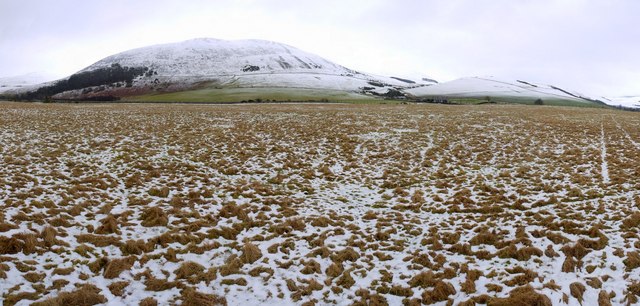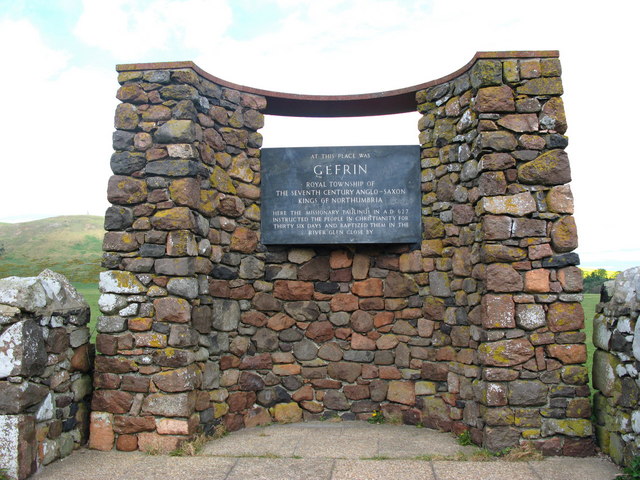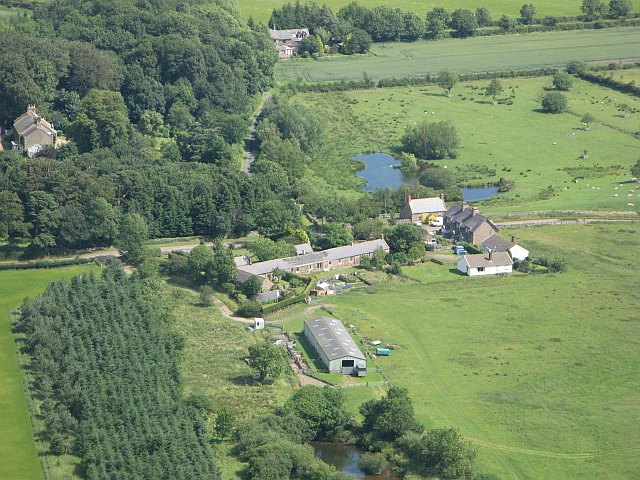Ad Gefrin or Yeavering

-
Description
"Although little is visible on the ground, this field below Yeavering Bell is the site of Ad Gefrin [[411317]], an Anglo-Saxon Royal Palace from the C7th. This site was found from elaborate crop-marks visible in an aerial photograph, taken in the exceptionally dry summer of 1949. The archaeologist, Brian Hope-Taylor, considered that it might be the long lost remains of Ad Gefrin, an Anglo-Saxon palace mentioned in Bede's 'Ecclesiastical History of the English People' completed in 731AD. In 1952, Hope-Taylor made preparations to excavate the site and managed to prevent extension of the sand and gravel quarry that threatened its destruction. Details about the site can be found here http://www.pastperfect.org.uk/sites/yeavering/index.html For 100 years the field presided over some of the most momentous events in northern English history. It was the scene of widespread conversion to Christianity by Bishop Paulinus from Italy who carried out baptisms in the River Glen, just north of the site. It was the temporary home to Kings and Queens, Aefelfrith, Edwin and Aethelburgh, Oswald and his brother, Oswy. It was attacked and destroyed twice by British Kings Cadwallon and the Mercian Penda. By the end of the C7th it fell into decline and its physical traces above ground were lost. http://en.wikipedia.org/wiki/Yeavering" Photo by Andrew Curtis, 2010. -
Owner
Andrew Curtis -
Source
Geograph (Geograph) -
License
What does this mean? Creative Commons License
-
Further information
Link: http://www.geograph.org.uk/photo/1729341
Resource type: Image
Added by: Simon Cotterill
Last modified: 8 years, 10 months ago
Viewed: 776 times
Picture Taken: 2010-02-28 -
Co-Curate tags










